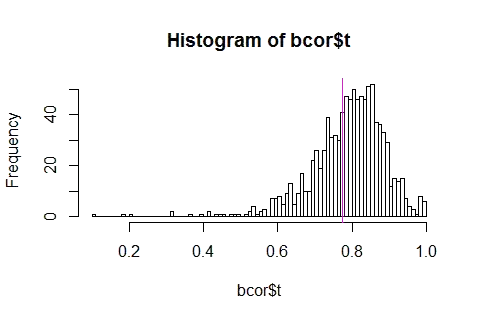I am wondering given the type of directed graph A, how do I convert it into the type of directed graph B? Basically, in graph B, I want to ignore Node X and only retain the Node T.
Conceptually, I am not sure if there are any ways to construct the adjacency matrix. I want to implement it in R, so any similar examples and suggestions are highly appreciated. Thank you!

edit:
To be more specific, In graph A, X represents “product", T represents "Country". For example, for T1 and X1, it means country T1 produces product X1; Similarly, for T4 and X2 on the right hand side, it means the product X2 is consumed by country T4.
The graph B right now is not the correct graph but just a ballpark, because I just want to illustrate I want to construct this type of graph where the X can be ignored while the relationship between T can be decribed. The edge means consumption direction. Simply speaking, I would like T1 to have a directed out going edge to T2 if T1 is producing product X1 and product X1 is imported by T2.
